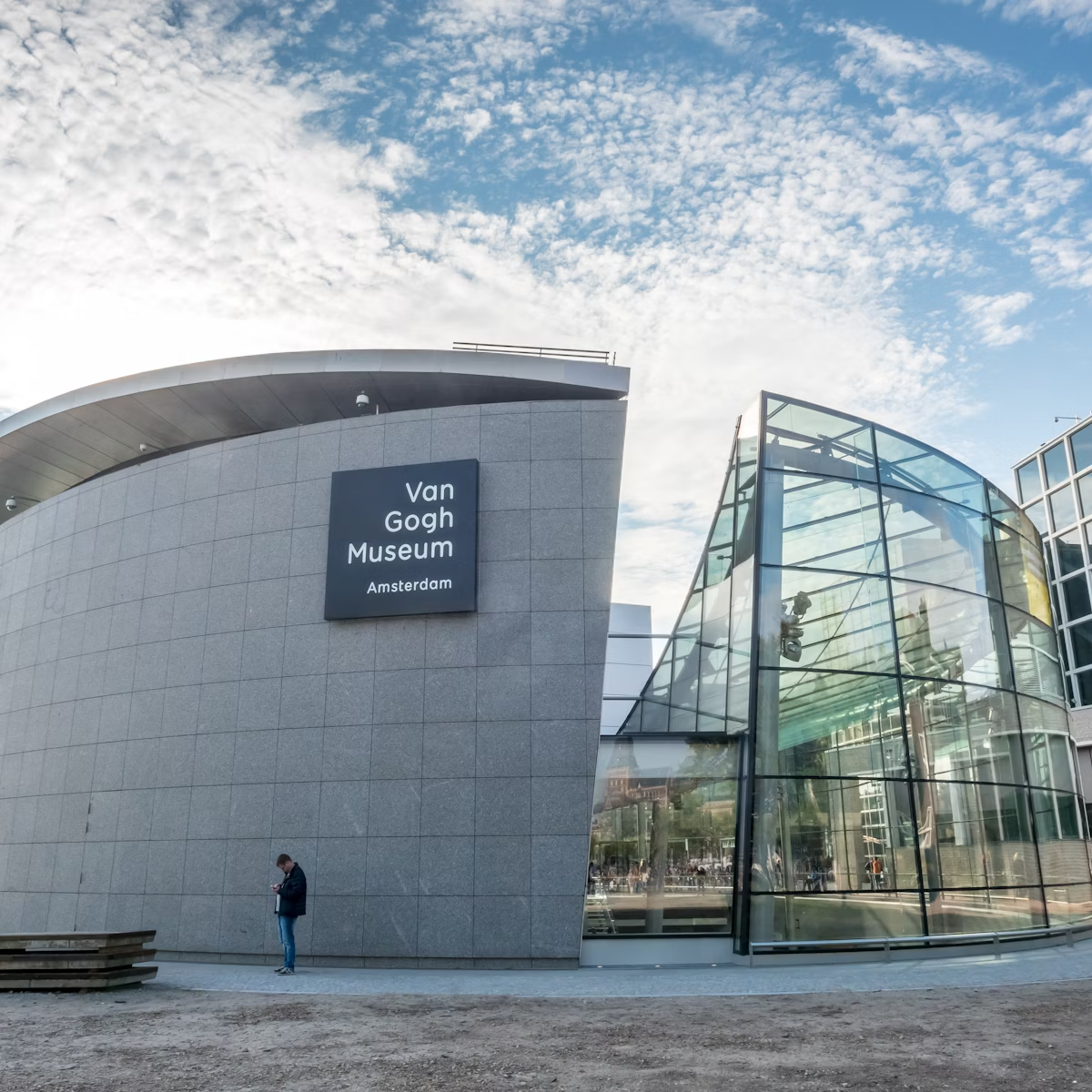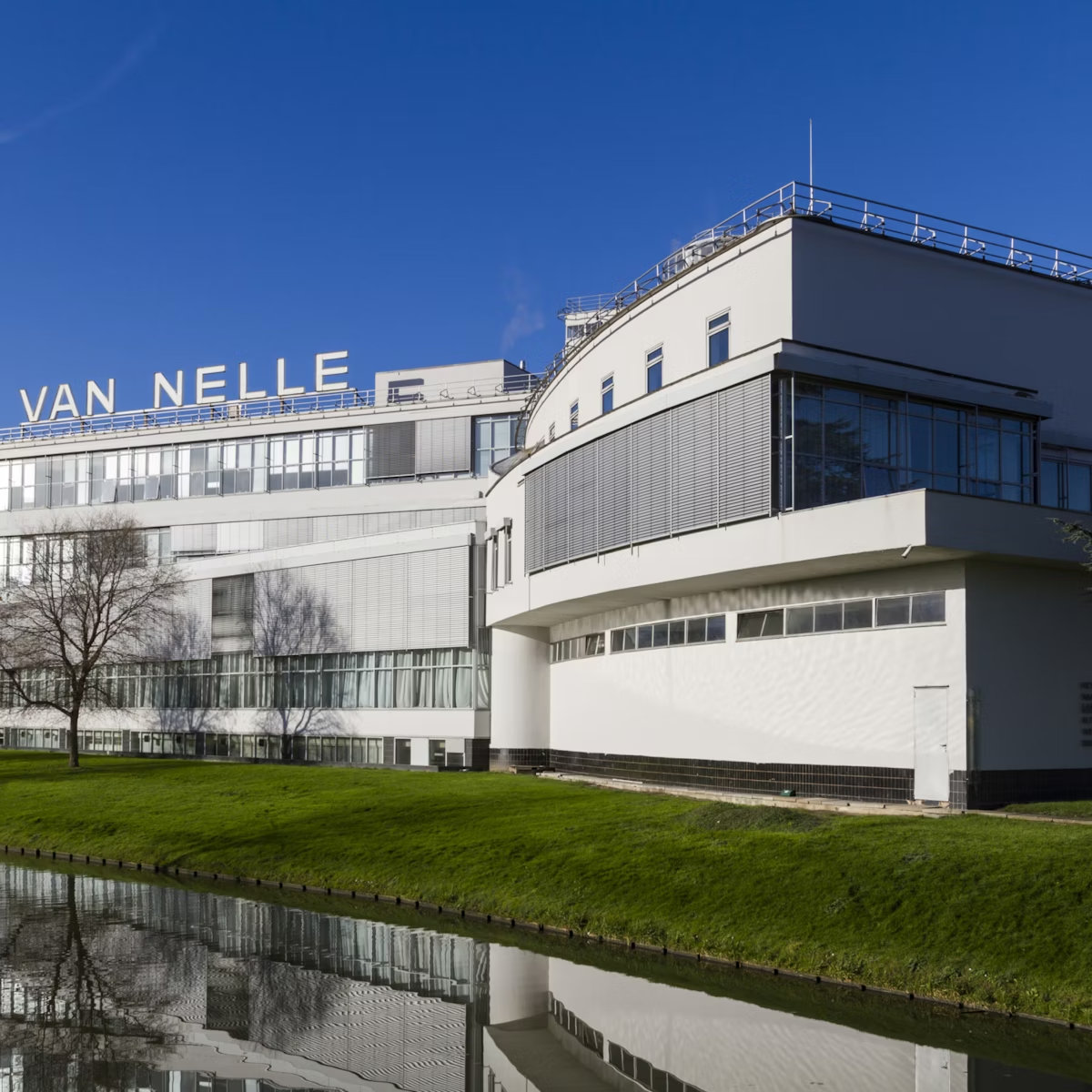Impressive for both its size and its magnificent stained-glass windows, Sint Janskerk had chequered beginnings: previous incarnations of the building burned down with ungodly regularity every 100 years or so from 1361 until the mid-16th century, when the current structure was completed. At 123m it is the longest church in the country. A free audioguide in English gives loads of information about the 72 windows, which together form the largest cache of in-situ 16th-century stained glass in the world.
The windows created by Dirck Crabeth, his brother Wouter, and Lambert van Noort in the mid-16th century are particularly impressive. Their works, which are numbered, include highlights such as window No 6 (John the Baptist; the folks on either side paid for the window), No 22 (Jesus purifies the temple; note the look on the face of the moneychanger) and 25 (the relief of Leiden in 1574, at the height of the Dutch War of Independence led by William of Orange). The oldest windows in the church are above the choir, and depict Jesus and the 12 apostles. Fortunately, the stained glass was retained after the church was converted from the Catholic to Protestant faith after the Reformation.








